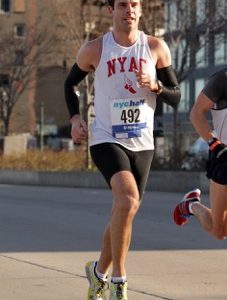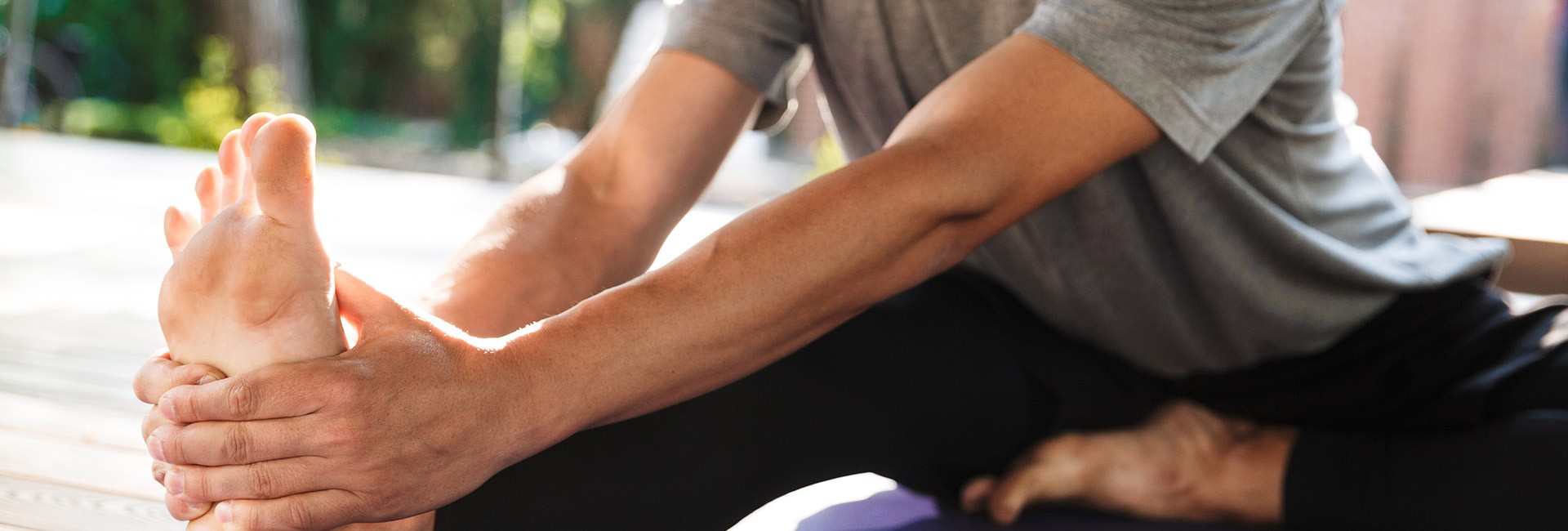Whether you’re just starting out or you’re returning to running after a break, you may be eager to progress in running and tempted to go all-in right away. In spite of all that extra enthusiasm (blame it on the runner’s high!), doing too much too soon can actually hinder your progress in running.
Instead of jump-starting your running engine with a full blaze on, running coach John Honerkamp recommends a slower approach if your goal is to keep going and make long-term progress in running.
Start slow
When you head out for your first run – maybe it’s the first one ever, or just your first run after being sidelined for injury, illness, or other reasons – take it really, really easy.
“Go out and run for 20 minutes,” says coach John Honerkamp. “And keep it to every other day.” That doesn’t mean you have to be inactive on your non-running days: If you’ve been cross-training, keep that up, and start gradually introducing or reintroducing running to your routine.
And TAKE it easy
“Don’t do any hard running for the first three to four weeks,” says Honerkamp. “You might want to and you might feel great, but don’t rush that speed. Get at least three weeks of easy running under your belt before you start doing intense workouts or speedwork.”
Don’t obsess over data just yet
If you generally run with a watch (and we’re guessing you do!), now’s the time to make sure you have a healthy relationship with all those numbers.
“Don’t be married to your stats,” says Honerkamp. “Trust your body and run by feel. Don’t get discouraged by your pace or how much distance you’re covering versus how much distance you want to cover in a certain amount of time. You’ll get there.”
Honerkamp advises running for 20 minutes and building from there, adding a few minutes each week, rather than tracking and adding miles, which add up much faster.
“Just get your routine down,” he says. “During the run, you don’t want to care about your pace. Get one foot in front of the other and know that after a few weeks, you can sprinkle in that spice, that harder stuff.”
If you end your run at 2.8 miles, don’t push it to get to 3 miles. You don’t want to overdo it.
You’ll see progress, but not right away
You won’t have a visible six-pack after doing a few planks, so don’t expect to be faster and fitter after just a few runs. “It takes time to get in shape or to get back into shape,” says Honerkamp.
“But once you get through that initial adversity and remove whatever has been in your way, you’ll start to get there. Once you’re six to eight weeks in, you’ll definitely start to find your groove and feel fitter. If you continue being consistent after that and include proper rest and recovery, you’ll keep improving and feeling better.”
Don’t push through an injury
If you’ve been sidelined for a while, it’ll probably be tempting to pick up right where you left off. But if you were running 40-mile weeks and then took two months off, your body needs time to build back to that mileage or you risk injury and burnout.
“You might feel great because your injury went away, but it’s so easy to reinjure yourself if you go from zero to 60,” says Honerkamp. “Use common sense, even if it doesn’t feel natural! Ease back into it. If you’re really craving the hard workouts you were doing before your time off, do them in the pool or on a bike. Resist the urge to go hard right away. It’s just not smart. Less is more here.”
Don’t build speed and distance right away
“Just grow your base for a while with easy running before adding speed,” says Honerkamp. “If you do speed work when you’re unfit, it’s easy to overuse certain things. Base training is usually just mileage, not quality. This is one of those rare cases where you actually want quantity over quality, at least for a little while.”
Once you’ve built substantial volume and your body is feeling strong, you can start to add speed training and hill work to your regimen.
The Polar Running Program will help you get started and monitor your progress in running.
In the spotlight

John Honerkamp
If you liked this post, don’t forget to share so that others can find it, too.
Or give it a thumbs up!
I like this article
Please note that the information provided in the Polar Blog articles cannot replace individual advice from health professionals. Please consult your physician before starting a new fitness program.





